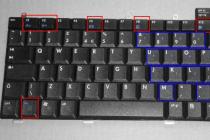Weak growth in smartphone sales in early 2016 forced Xiaomi to release a new top-end Mi 5, which many were wary of. In fact, we got a light, thin, powerful and very inexpensive flagship that can easily bypass most of the "classmates".
Equipment
The delivery set cannot be called rich. In a small compact box we find a smartphone, USB Type-C cable, SIM eject tool, Charger, an adapter for an outlet (sometimes it may not be), documentation.
Design and ergonomics
Usually flagship smartphones have rather big dimensions, but Xiaomi can be praised – Mi 5 turned out to be light, compact for its class, more convenient than most other competitors. This is really a real premium smartphone - stylish, pleasant to the touch.
If you follow the smartphone market, you probably often heard that manufacturers copy some design elements from competitors. Therefore, there is no doubt that Mi 5 tried to copy appearance Galaxy S7. Here, almost identical shape of the frame, which narrows to the sides and expands to the ends of the case. Even the hardware mechanical button under the display has the same shape.
The aluminum frame turned out to be matte, and the front and back glass panels are smooth and non-slip, with a special oleophobic coating. Fingerprints will not appear on the frame or on the glass.
The case of this flagship is monolithic, the rear panel is conditionally non-removable. However, if desired, the back cover can be unfastened and the battery replaced.
The SIM card slot is located on the left side. Unfortunately, the SIM card tray is not hybrid and it will not work to put a microSD instead of a second SIM card.
On the right side we see the usual set of buttons - power and volume control. They were specially made large, protruding high from the body, so that it was easy to find by touch. The height of the buttons is average, the return is tangible.
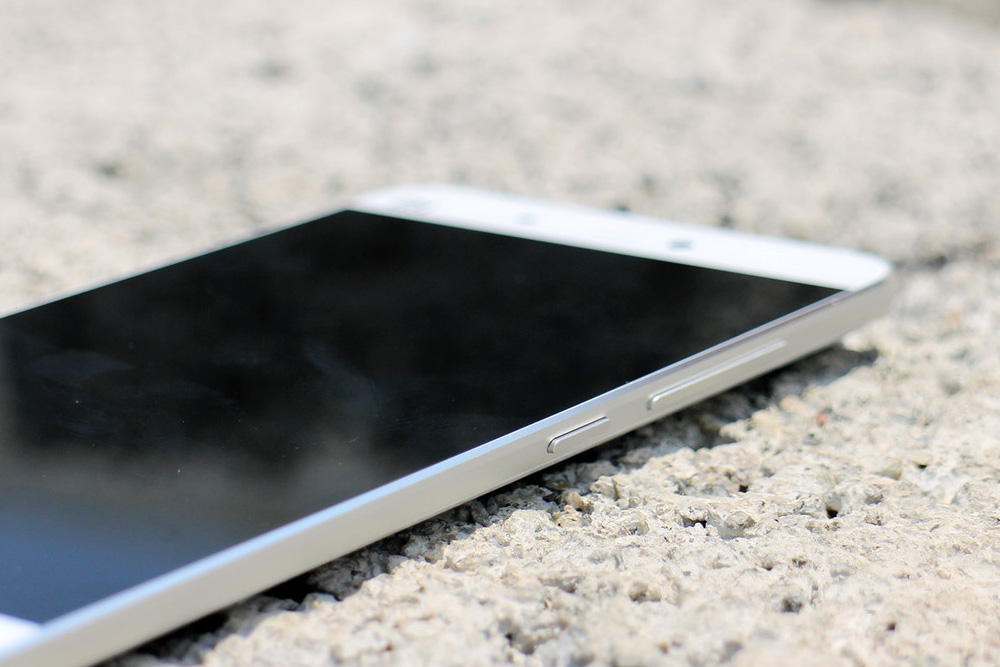
Back panel received protective glass Gorilla Glass 4, with a noticeable rounding on the sides. Therefore, the shape of the hull is a bit like a boat. The camera module is on the left upper corner along with dual LED flash. The camera does not protrude from the case, it is convenient to use the smartphone when it lies on the surface.
We usually saw Xiaomi smartphones with 2.5D front glass. The same flagship received a simple flat glass panel.
Above the display is the entire set of sensors - proximity and lighting, as well as the front camera module, notification LED and earpiece mesh. The operating mode of the LED indicator can be changed in the settings.
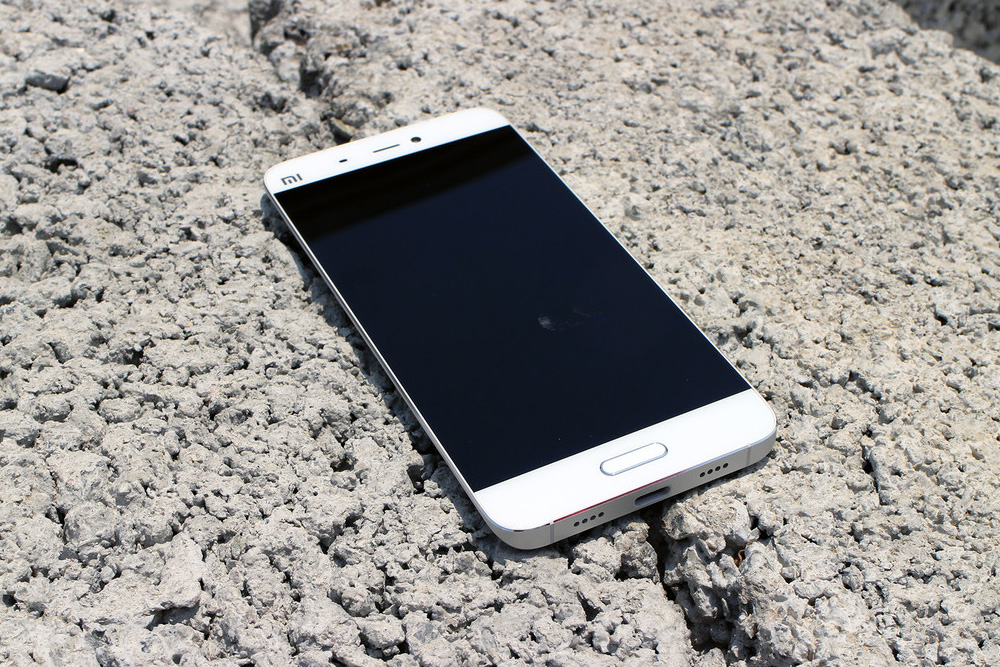
Below the display is an oval-shaped physical button with a built-in fingerprint scanner. The selected Qualcomm 3D Ultrasonic module does an excellent job of recognizing fingerprints. Also on the sides are two touch buttons, indicated by dots with a milky backlight.

The main speaker is located at the bottom of the case. Although there are two grilles, there is only one speaker. Exactly in the middle is a USB Type-C connector with USB OTG support.
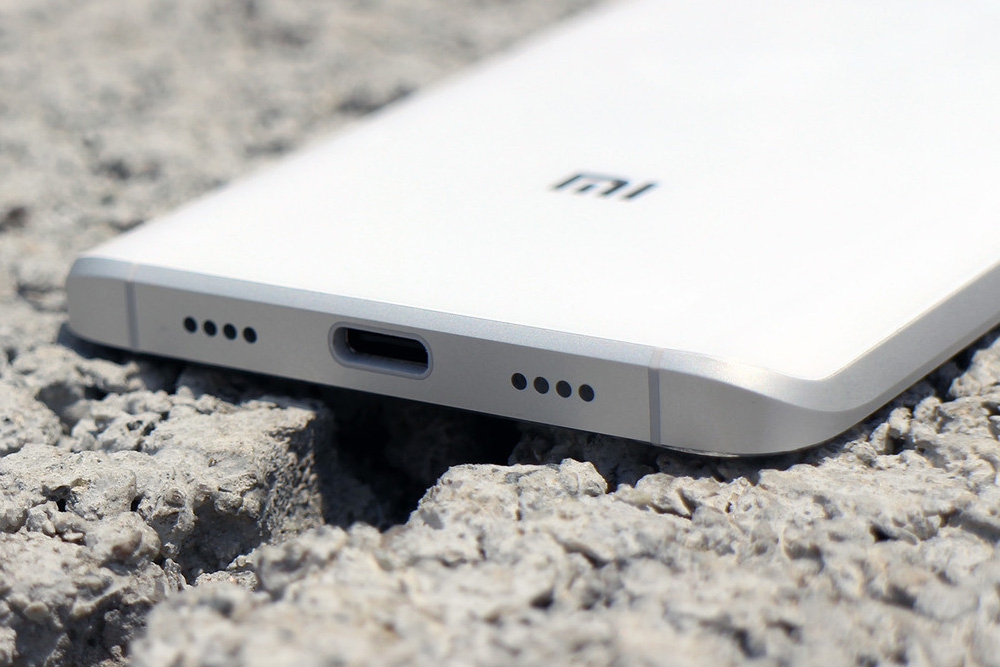
On the top there is a standard minijack for a headset, an additional microphone, and an infrared port to support the media device control function.
The connectors do not have plugs, so the smartphone must be used carefully. Although it does not scratch much, it does not have any protection from dust or moisture.
Xiaomi Mi 5 is available in three colors: white, black and gold. The premium version of the flagship came out with a ceramic case.
Display
Xiaomi Mi 5 received a 5.15-inch IPS display with a resolution of 1080p. It is protected by tempered glass Gorilla Glass 4. On the sides of the screen, the frame is about 2 mm thick, so Mi 5 cannot be classified as a “frameless” smartphone. The touch screen supports up to 10 touches at the same time.
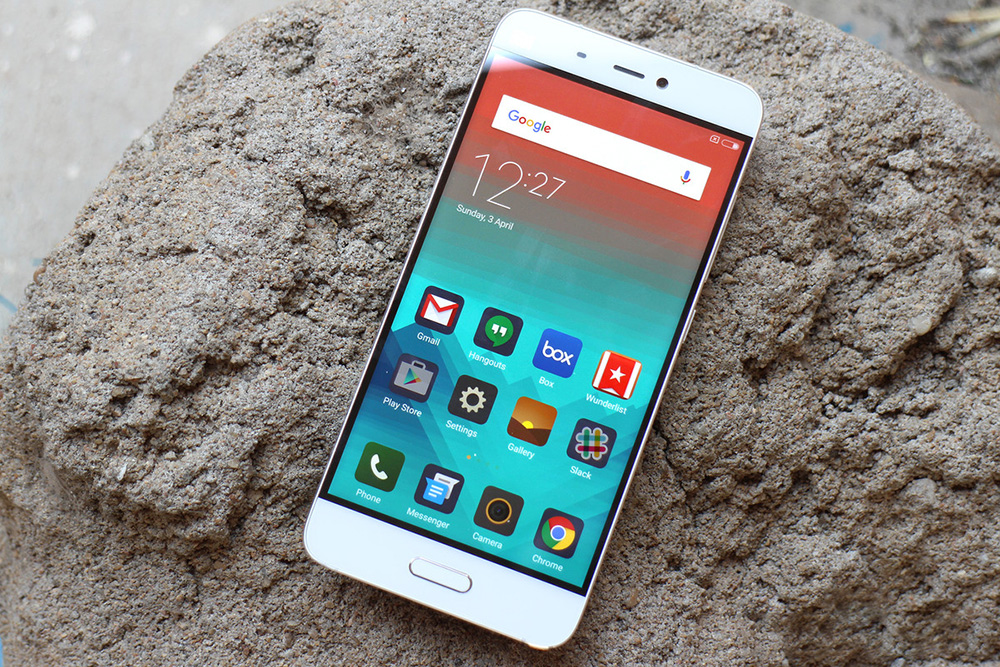
The light sensor copes with the task perfectly, so you can constantly use automatic mode brightness. After measurements, it turned out that the brightness margin is a third more than that of its predecessor - Mi 4. Xiaomi claims that their display is brighter than the screens of all other competitors - the reason is to install the backlight on 16 LEDs (usually 12-14 are installed). The screen will be perfectly readable in bright sunlight, and at night the backlight is so weak that you can read books before going to bed without the slightest discomfort. You don't even have to turn on a special reading mode.
The installed LCD IPS screen has a high contrast ratio of 1500:1, deep blacks. The only remark to the screen is that at large angles a slight color inversion appears.
Performance
Xiaomi Mi 5 turned out to be the first smartphone to hit the market with a Snapdragon 820 processor. Qualcomm has decided not to increase the number of cores for now and has returned to Kryo 14nm FinFET cores. As a result, the quad-core Snapdragon 820, according to official data, turned out to be twice as fast as the previous processor, and 40% faster in graphics processing.
It is worth noting that Xiaomi Mi 5 is available in two versions: 3GB and 4GB. random access memory type LPDDR4. Maximum frequency The 64-bit Kryo cores in the Mi 5 version with 3GB of RAM are limited to 1.8GHz. The older model with 4GB of RAM has a processor with a frequency of up to 2.2 GHz. The Snapdragon 820 is paired with the Adreno 530 graphics accelerator. In the version with 3 GB of RAM, 1.9 GB is available for applications.
As for the choice of Mi 5 in terms of internal memory, there are models with 32GB, 64GB or 128GB. The last two options are only offered with 4GB of RAM. UFS flash memory installed.
The processor performs equally well in specialized and complex tests. As for graphics processing, there are practically no equal Mi 5. In all graphics tests it is obvious that the Snapdragon 820 easily outperforms its predecessor, and also best processors from MediaTek and Huawei.
Video - Xiaomi Mi5 performance by example World games Of Tanks
All games can be run at maximum settings. Even in WoT, the frame rate does not drop below 60 fps. So playing all the games on Xiaomi Mi 5 is a great pleasure. The flagship turned out to be very powerful, with a huge margin for the future.
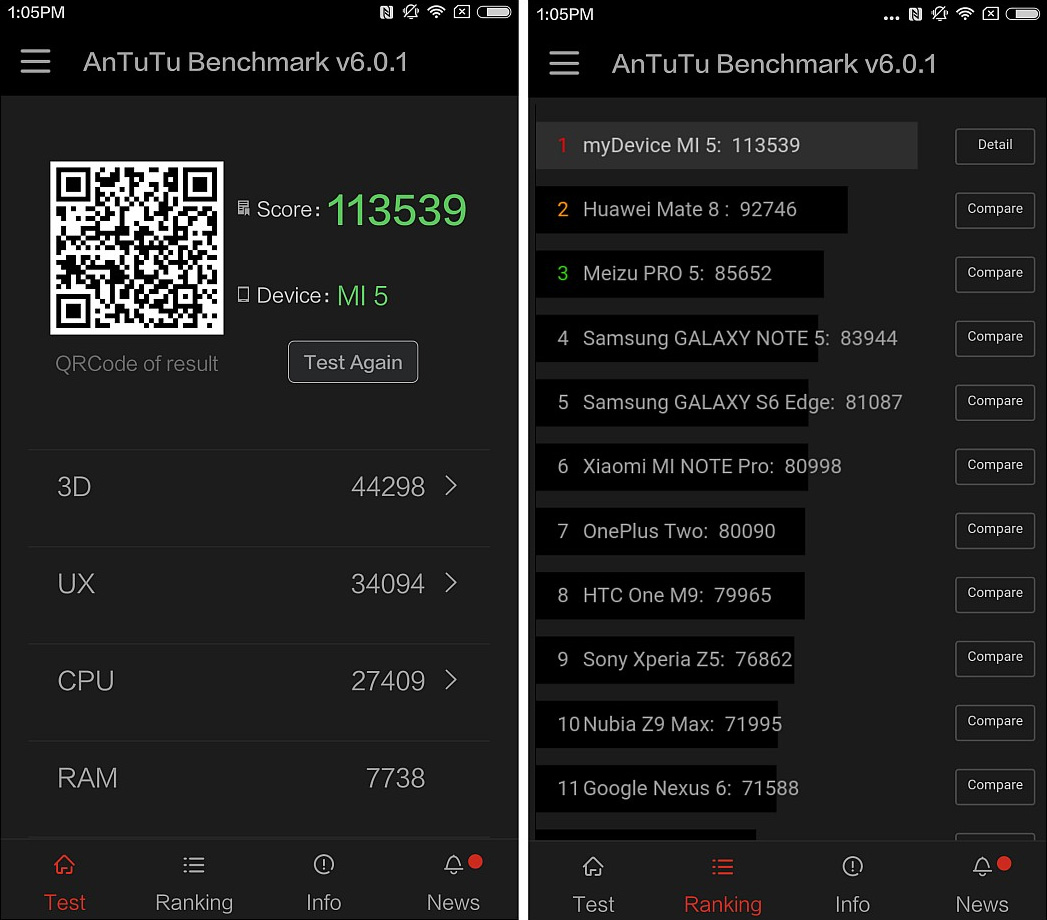
Xiaomi Mi 5 test results:
- AnTuTu v6.0.1 (depending on the modification of the smartphone and the version of the program) - from 100,000 to 136,000 points
- Geekbench 3 - 1897/4664 points
- AnTuTu HTML5 Test - 23191 points
In terms of connectivity, the Mi 5 supports 802.11ac Wi-Fi with MU-MIMO, Wi-Fi Direct, Bluetooth 4.2 and LTE. The smartphone works with LTE (3 and 40), TD-LTE (38, 39, 40, 41) and FDD-LTE (1, 3, 5 and 7).
Specifications Xiaomi Mi 5
| Manufacturer | Xiaomi |
| Model | Xiaomi Mi 5 |
| Announcement date | 2016, January |
| Network support | GSM / HSPA / LTE |
| - 2G | GSM 850 / 900 / 1800 / 1900 - SIM 1 and SIM 2 |
| - 3G | HSDPA 850 / 900 / 1900 / 2100 |
| - 4G | LTE |
| Bluetooth | v4.1, A2DP |
| WiFi | Wi-Fi 802.11 a/b/g/n/ac, dual-band, Wi-Fi Direct, DLNA, hotspot |
| Dimensions | 69.2 x 144.5 x 7.25mm |
| Weight | 129 grams |
| Accumulator battery | Fixed, Li-Po 3030 mAh |
| Display | 5.15 inches |
| - permission | 1080 x 1920 pixels |
| CPU | Qualcomm Snapdragon 820 |
| - CPU frequency | Quad-core 2.2 GHz and quad-core 1.8 GHz |
| - graphics | Adreno 530 |
| Memory | 32/64/128 GB, 3/4 GB RAM |
| USB | Type-C 1.0 reversible connector |
| - main | 16 MP, autofocus, OIS, dual-LED flash |
| - frontal | 4 MP, 1080p |
| Operating system | Android OS, v6.0 (Lollipop) |
Camera
Xiaomi Mi 5 has two cameras - the main 16-megapixel Sony IMX298 with f / 2.0 aperture and dual LED flash, PDAF phase detection autofocus and four-axis image stabilization, as well as a 4-megapixel front camera with f / 2.0 aperture, but without autofocus.
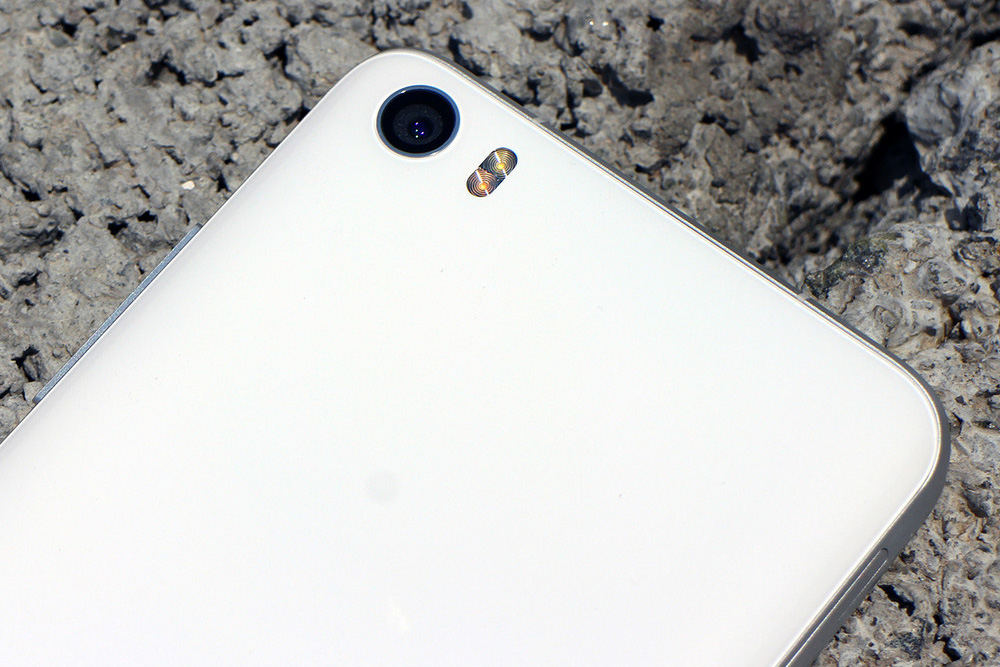
The autofocus of the main camera works quickly. Optical stabilization always works, that is, it cannot be turned on / off in the settings. The LED flash is bright.
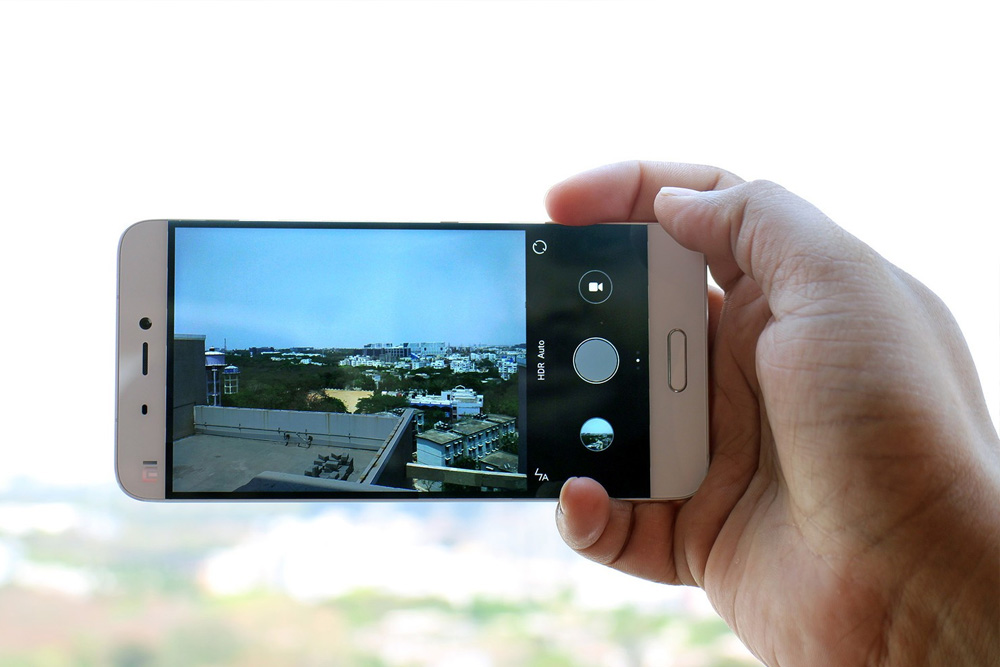
Available manual mode camera settings, in which you can manually set the white balance, ISO level, shutter speed, clarity, contrast, saturation. There are several additional modes for those who like to experiment - panorama, fisheye, night, etc.
The main camera of Xiaomi Mi 5 - an example photo









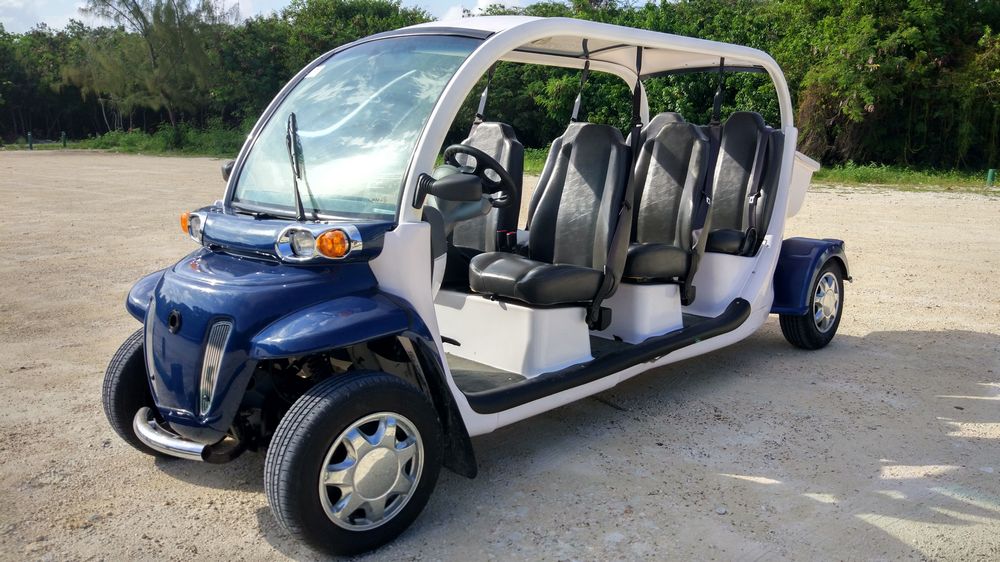


Xiaomi Mi 5 front camera - sample photo



You can view photos in original size and download the ones you like from MailRu clouds by clicking on the link.
An example video from the main camera of Xiaomi Mi 5 in 4k
Sample video from the front camera
Video can be shot at resolutions up to 4k, there is a Slow-motion mode at 120 fps and 720p resolution. At the maximum resolution, the camera does not make videos of the best quality, stabilization does not cope, the picture twitches noticeably, strange artifacts appear. All this is noticeable even under good shooting conditions. The sound is recorded in stereo, medium quality, without depth.
Noise cancellation is mediocre.
Xiaomi Mi 5 cameras are difficult to rate as a solid five, but even among other flagships, you can get photos and videos of the worst quality.
Battery Life
Capacity non-removable battery is 3000 mAh. On the one hand, a little, in comparison with the company's phablets. However, it is worth considering the compact size and everything falls into place. Considering that the new Snapdragon 820 demonstrates excellent power efficiency, we get an excellent time battery life. It's even amazing how such a powerful flagship outperforms almost all of its competitors both in tests and in real life.
Here is the time of Xiaomi Mi 5 in tests:
- in reading mode - 18 hours 45 minutes;
- in video playback mode - 13 hours;
- in game mode– 6 hours 30 minutes.
In reading mode, the brightness was set to the minimum level. The video was viewed via Wi-Fi on YouTube, the video resolution is 720p.
Xiaomi Mi 5 is not just the first smartphone with the powerful Snapdragon 820. This flagship was also the first to have support for fast charging standard Quick charge 3.0. With a standard charger, the battery takes 1 hour 20 minutes to fully charge (1.75A, 9V).
Readers regularly asked us about this device and cursed that the review did not come out for a very long time. The reason for this is quite simple: we wanted to test the normal PCT version of the model, not order it from China. Why? The point, of course, is in the firmware, since, when testing versions of Mi 5s with Chinese firmware and having discovered that something is wrong in it, we often run into negativity from readers who claim that we need to manually install the global, fixes, etc.
Specifications
| Specifications | |
| Class | Flagship |
| Form Factor | Monoblock |
| Housing materials | Aluminum |
| Operating system | Android 6.0 + MIUI 8.0 |
| Net | 2G/3G/LTE (800/1800/2600), Dual SIM |
| Platform | Qualcomm Snapdragon 821 |
| CPU | quad core |
| video accelerator | Adreno 530 |
| Inner memory | 32 GB |
| RAM | 4 GB |
| Memory card slot | Not |
| WiFi | Yes, a/b/g/n/ac, dual-band |
| Bluetooth | Yes, 4.2LE, A2DP |
| NFC | There is |
| Screen diagonal | 5.15 inches |
| Screen resolution | 1920 x 1080 dots |
| Matrix type | IPS |
| Protective covering | Glass |
| Oleophobic coating | There is |
| Main camera | 12 MP, f/2.0, phase detection autofocus, 4k video shooting |
| Front-camera | 4 MP, f/2.0 |
| Navigation | GPS, A-GPS, Glonass |
| Sensors | Accelerometer, light sensor, proximity sensor |
| Battery | Non-removable, 3200 mAh |
| Dimensions | 145.6 x 70.3 x 8.3mm |
| Weight | 145 grams |
| Price | From $280 / 31,000 rubles |
Equipment
- Smartphone
- Charger
- PC connection cable (also part of the charger)
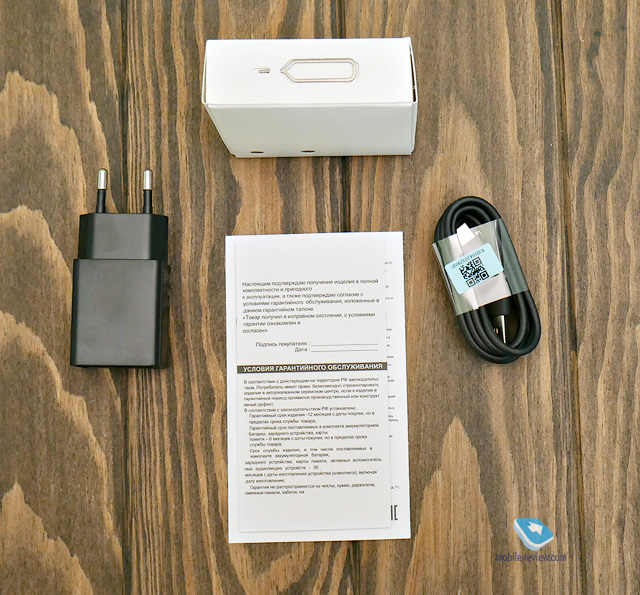
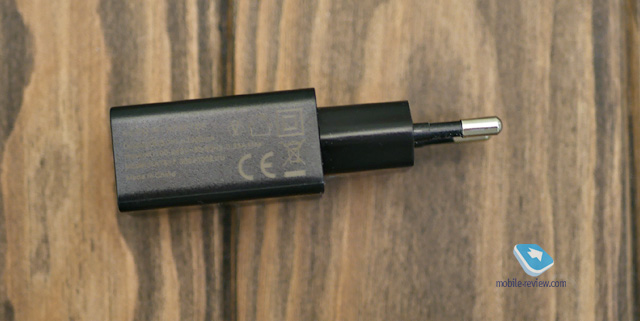
Appearance, materials, controls, assembly
When you look at Mi 5s, you immediately understand that the company was inspired when it was created samsung galaxy S7 Edge, rear part The case has the same beautiful curve, only, unlike the EDGE, it is made of aluminum, not glass.
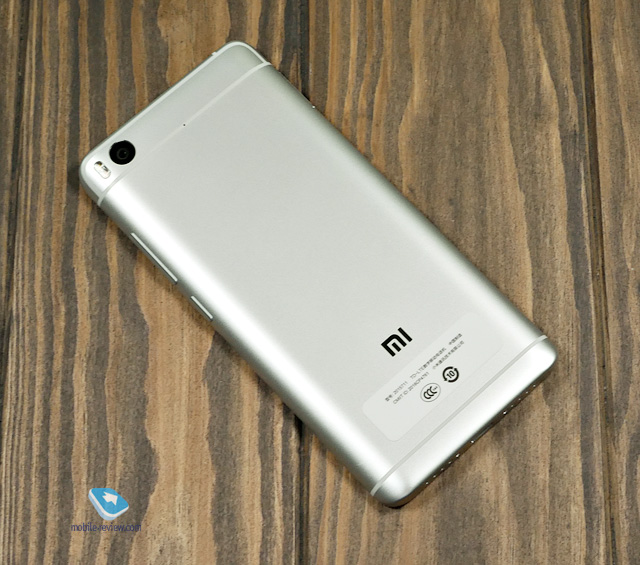
But the glass on the front panel has only a slight bend, which is actually great. The owners of the same S7 EDGE regularly complain that the edges of their smartphone dig into the hand and because of this it is not very convenient to use it. The Mi 5s doesn’t have this problem, thanks to the curved back, the device feels thinner and lighter, and the absence of a strong screen curvature allows you to hold it with greater comfort.
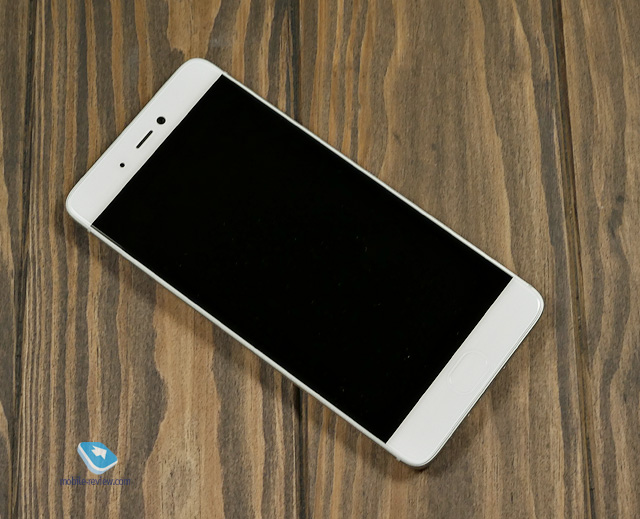
The smartphone is sold in four colors: silver, dark gray, gold and pink, we had the first option on the test.
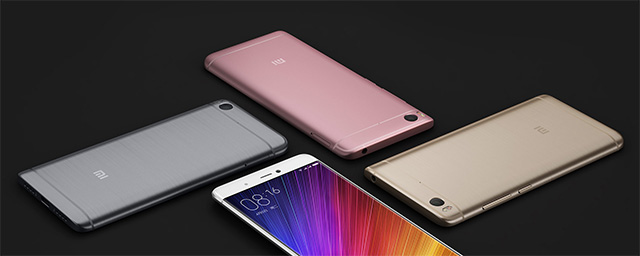
Above the display are located front-camera, speaker mesh, light and proximity sensors, and a light indicator.
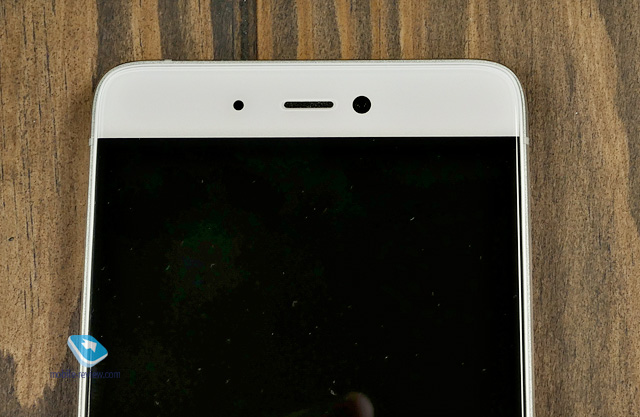
Under the screen are three touch buttons: "Recent applications", "Home" and "Back". Center button inscribed in an ultrasonic fingerprint scanner. I like that the scanner was installed in the front, but its operation was disappointing. Unfortunately, it successfully unlocks the smartphone only half the time. At first I thought that this was a single problem, but readers complained that it also works unstably for them. For the sake of interest, I read the w3bsit3-dns.com branch on the device, they suggest either installing some special version of the firmware, or hammering the same finger four times, or very carefully adding all areas of the finger. In any case, the problem exists, keep it in mind before buying.
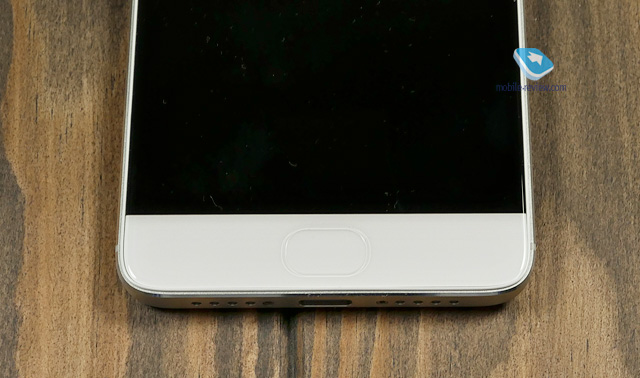
At the top end there is a minijack, and at the bottom there is a Type C port, an external speaker mesh and a main microphone. Keep in mind, the speaker here is not stereo, two meshes are made just for beauty, a microphone is hidden in the left.
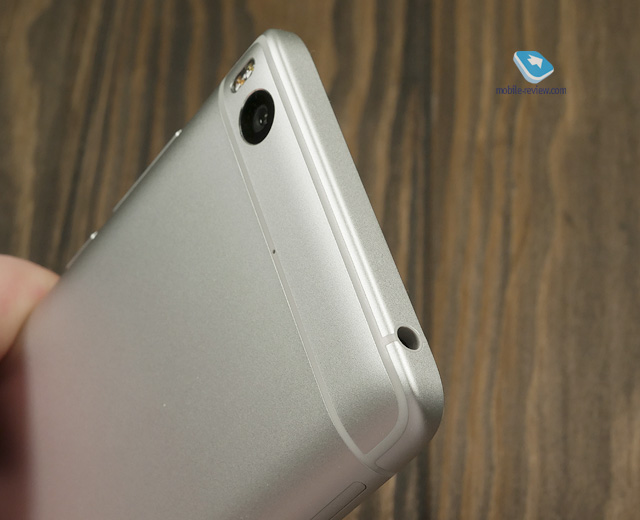
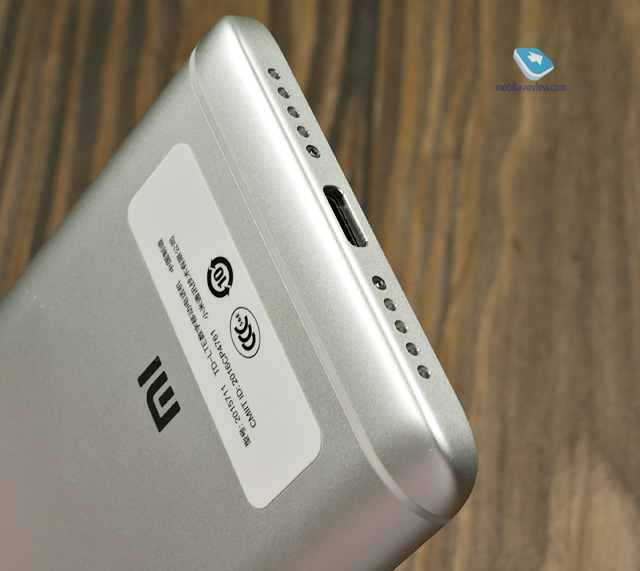
A volume rocker and a power button were installed on the right, and a tray for two SIM cards was installed on the left, alas, there is no slot for a memory card.

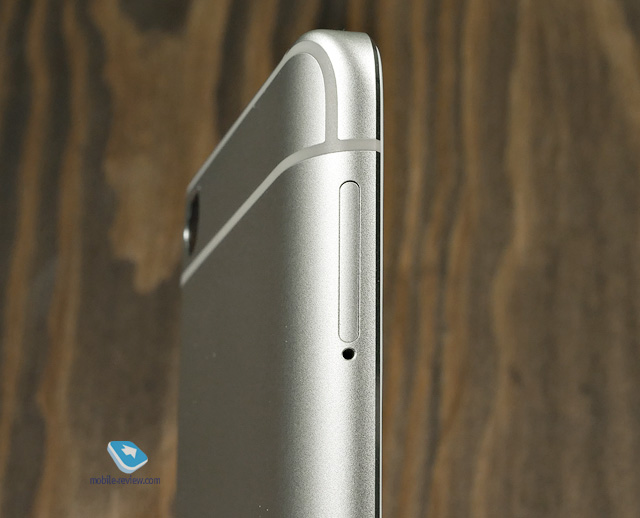
On the back cover you can see the peephole of the main camera, dual LED flash, laser autofocus and plastic inserts for antennas.
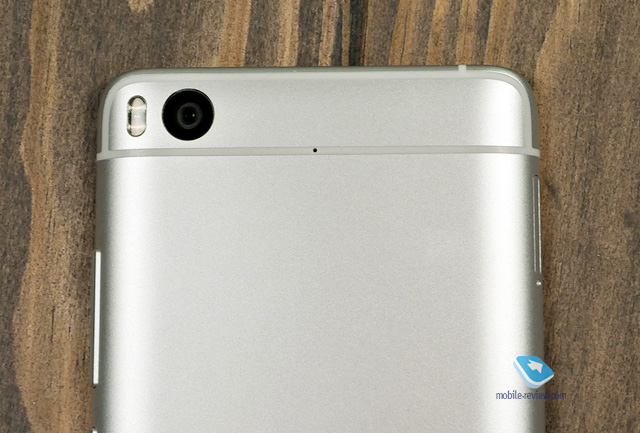
The device is perfectly assembled, for a month of use I had no complaints about its assembly.
Dimensions
Readers often ask in the comments why I call five-inch devices compact. The fact is that there are practically no smartphones with a smaller diagonal on sale, and most flagships are gradually moving from 5 to 5.5-inch displays. Therefore, even a smartphone with a 5.15-inch screen already looks and feels compact in the hand.
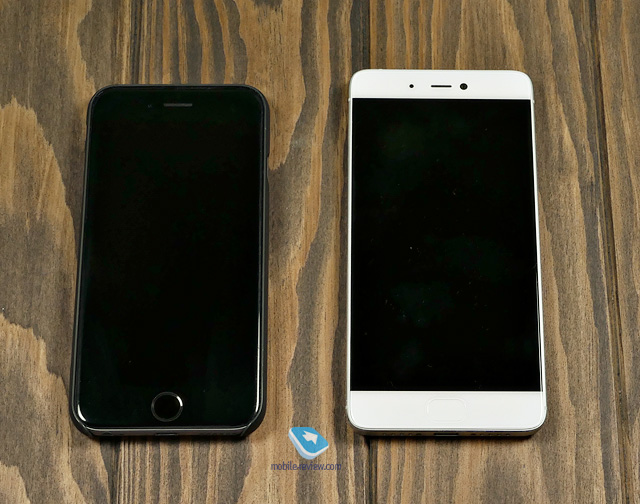
Compared to Apple iPhone 6

Mi 5s feels great in the hand, it is quite thin and light, and the narrowing at the edges of the body visually and tactilely makes it even thinner.
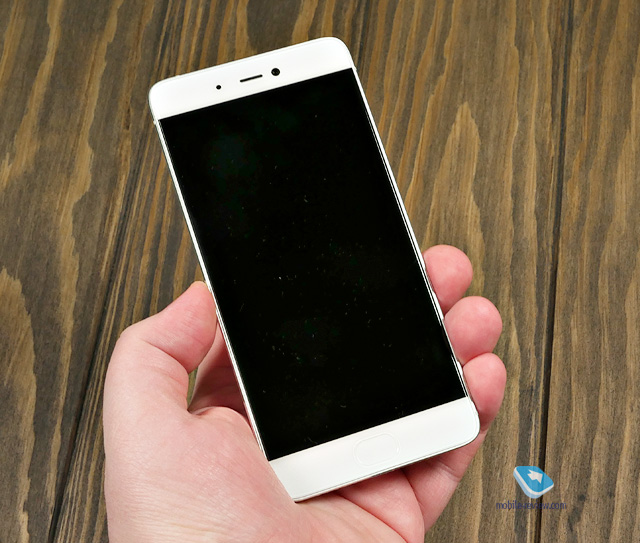
Screen
To be honest, before I looked at the table with characteristics, I was sure that this device had an AMOLED matrix. The fact is that the picture contrast is very similar to AMOLED displays. Moreover, you can even notice red halos on the edges of the letters when scrolling! Surprisingly, for some reason I did not see any information about this in other reviews.
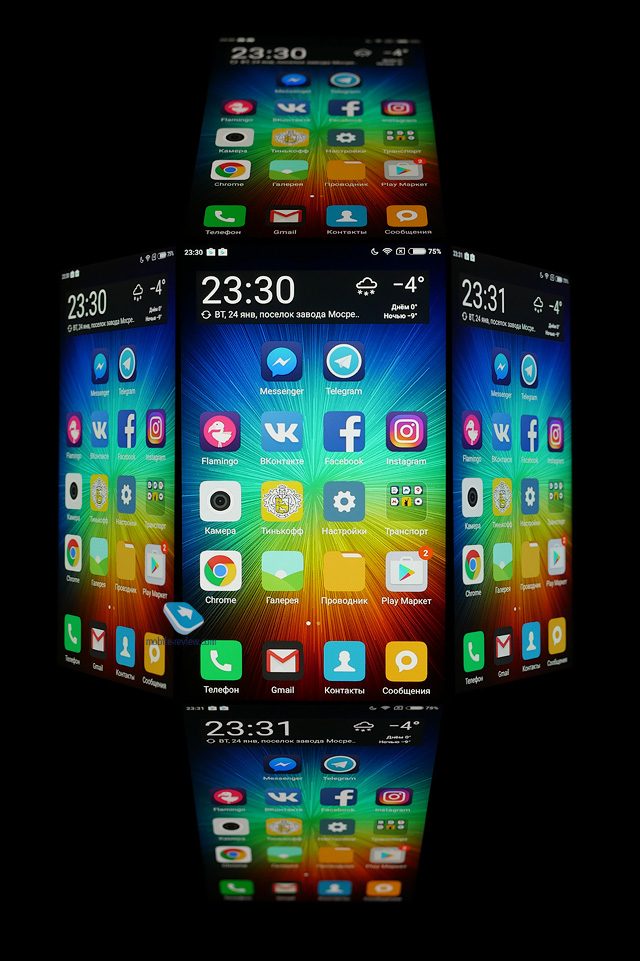
The problem with ghosting is solved by switching to the "default" mode. Initially included auto tuning but I recommend turning it off.

It is problematic to check the behavior of the screen in the sun in the current weather, but on the street the picture is perfectly distinguishable at about 60-70% brightness and above. It is also convenient to read from a smartphone, thanks to a large range of brightness.
There is also a separate reading mode in the settings, when it is turned on, the entire color scheme goes into yellow tones. There is also a slider that adjusts the intensity of this transition. I didn’t like the reading mode, according to my feelings, my eyes get tired of it even more. In general, there are a lot of color settings, I was especially pleased with the ability to turn on the display with a double tap.


The oleophobic coating is excellent, in no way inferior to flagships from other major brands. The finger glides perfectly on the glass, it is convenient to use swipes.
Summing up: the screen in the model is excellent, it is a pleasure to use it.
Operating system
The device operates under Android control 6.0 and MIUI 8.0. Once again I promise you to tell you more about the shell, I think that the time has come to do this. Below I will list the main features of MIUI, although, in a good way, it deserves a separate review.
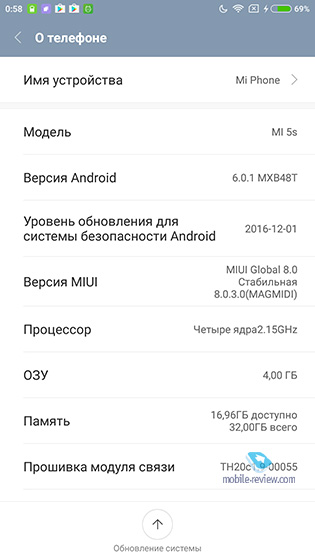
Work tables. The launcher in MIUI has not changed much over the past time, it still uses the display of all applications at once on desktops and oval rims for some icons third party programs. Interestingly, the settings call here is made by pinching with two fingers, a long press does not work. I liked the application sorting mode, when you turn it on, you can add as many icons as you like to the bottom panel, and then scatter them across desktops. A kind of help in general cleaning on the desktop.
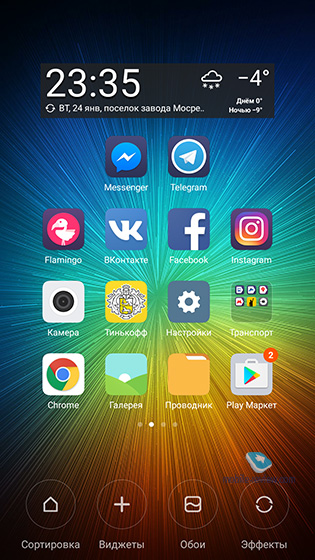
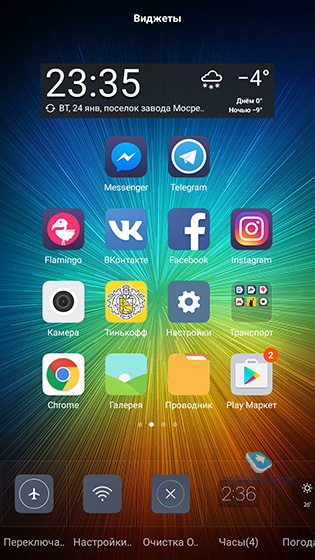
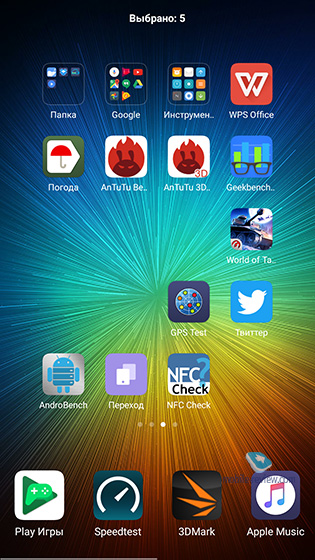
Dialer. The dialer in MIUI has long been the benchmark for many users, I myself use the exDialer application, made on its basis. The program supports the Russian language, there is a search for T9, setting actions for left-right swipes, a separate black list and call recording. Unfortunately, in Russian versions Xiaomi smartphones for some reason, it is the search for Russian contacts that does not work, I don’t know what this is connected with.


SMS messages. The application is quite simple, but if you are authorized in your Mi account, then it automatically makes a backup copy of your correspondence.


Browser. I like that the browser's home page is represented by shortcuts to popular pages, from here it's easy to navigate to the desired page. Of course, you can add your own links, change their places or delete them. But a separate reading mode does not work well, when it is turned on on our site, the pictures are automatically flattened.
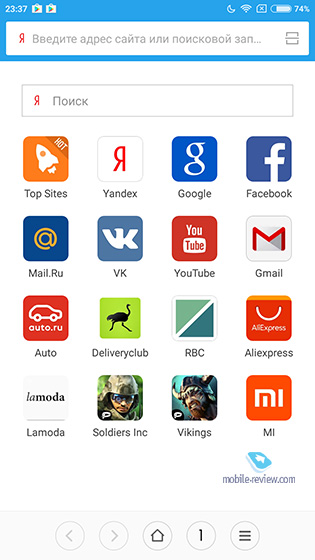

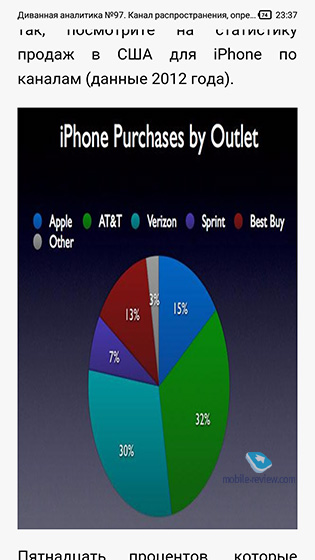
Notification curtain. In MIUI 8, they refused to split the curtain into two parts, and this is the right decision, when you lower it, you immediately see four labels and a brightness adjustment slider. The transition to the next buttons is done on a horizontal swipe, as in TouchWiz. Long press the button to open the corresponding interface settings, which is convenient.

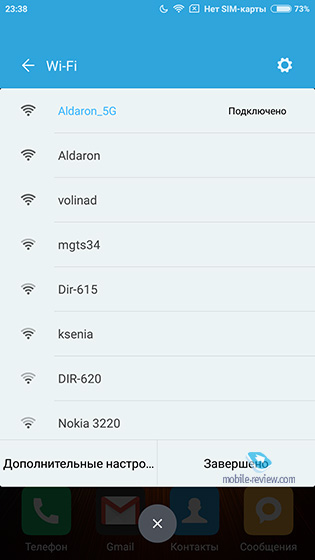
Screenshots. Now, after taking a screenshot, it hangs in the upper right corner for about three seconds, if you click on it, the settings for editing and forwarding it will open. MIUI also knows how to take long screenshots.
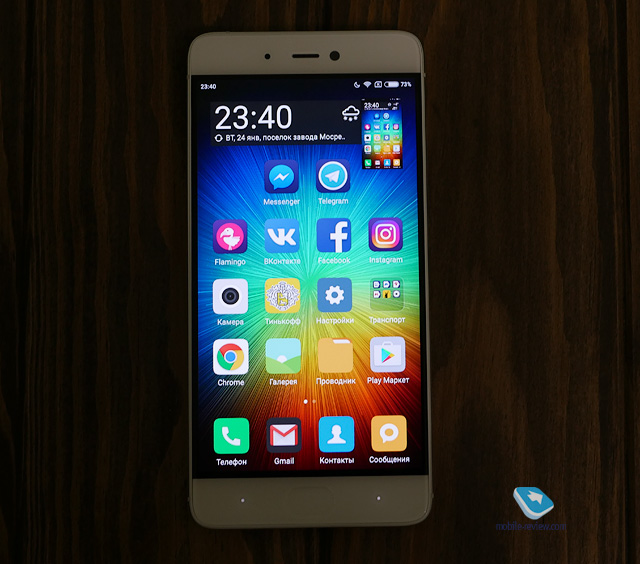
Second space. Ability to create additional user on a smartphone. This is handy if you want to use different accounts for the same apps at work and at home, for example.

Dual Applications. Well, if you just need to have two accounts in some WhatsApp, then for this you can use this function, which creates a copy of it within one account.
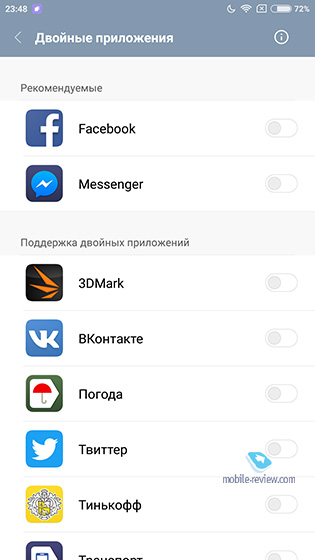
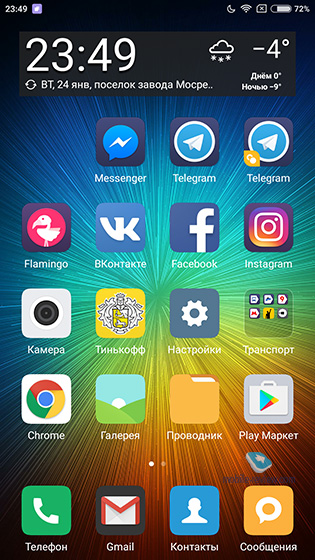
Permissions. MIUI has a very detailed panel with application permissions, in which you can fine-tune which interfaces and functions a particular program will have access to and which ones it will not.

![]()

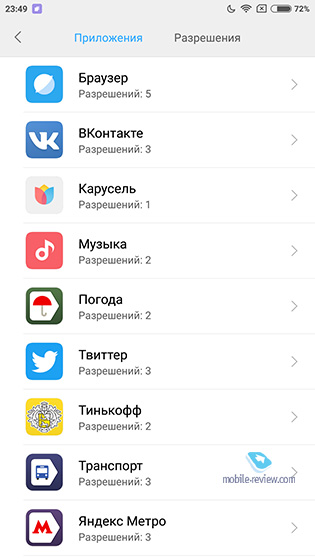
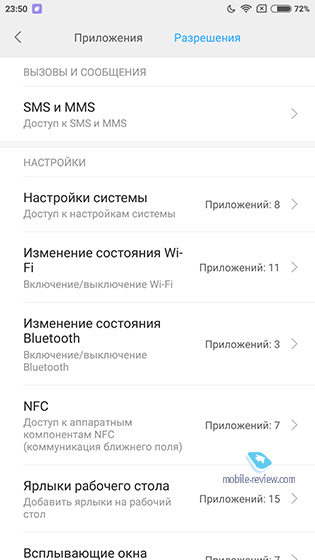
One-hand control mode. To enter this mode, swipe from the center to the left touch button, and to exit - tap on the dark area of the screen. In the settings, you can specify which diagonal emulation you want to use.
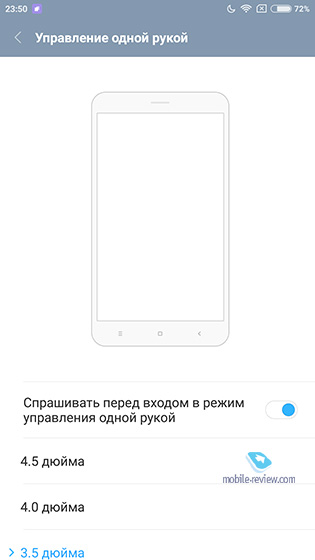
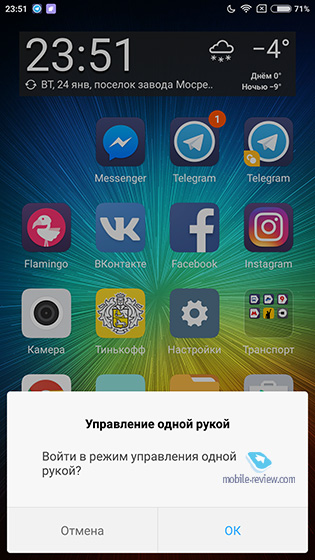
Keys. For the bottom buttons there is fine tuning actions for both short and long presses.

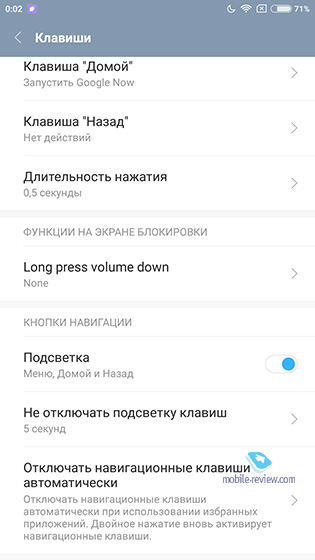
Headphones. MIUI also knows how to customize the actions for the buttons on the headset. This is convenient if you want to skip to the previous / next track instead of switching the volume.
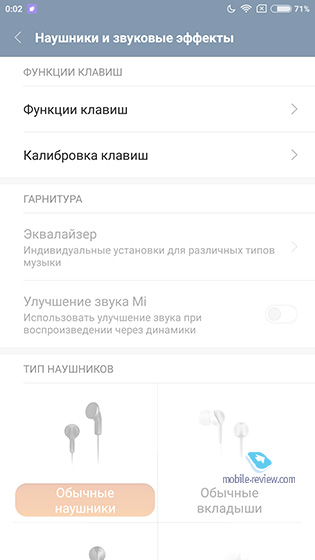

In general, the whole MIUI is made in such a way that you can customize any sneeze, for which geeks love it.
Performance
I received several requests from our regular readers regarding device performance testing, in particular, they asked me to add results from GeekBench, measure the write speed of reading a card, and also check the operation of the device in WoT Blitz. I think that the review of Mi 5s is a great reason to start doing all this.
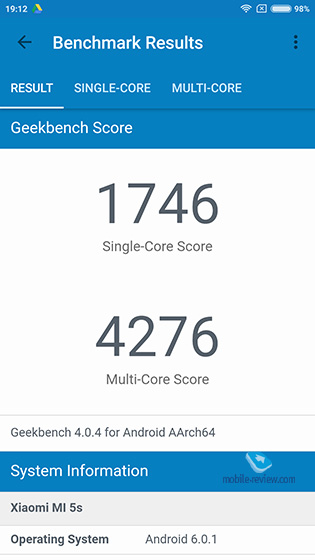
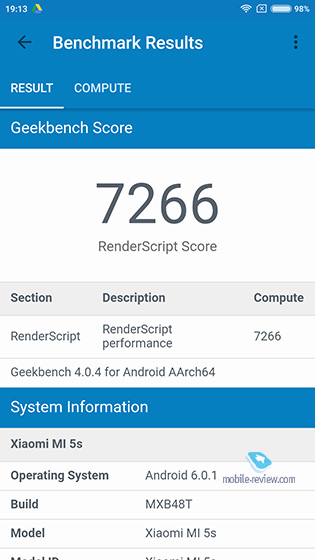
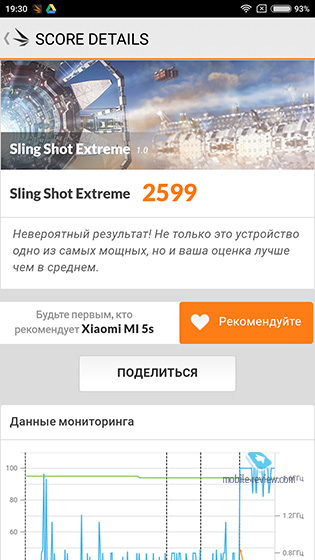
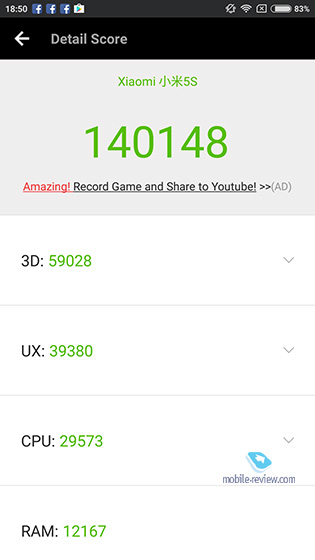
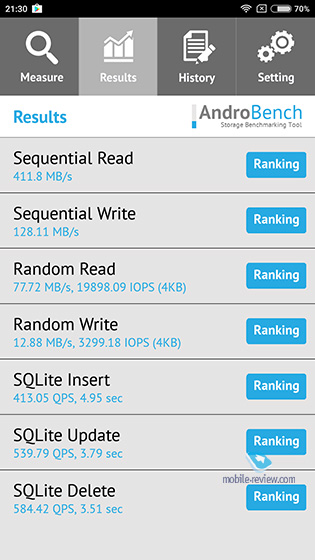
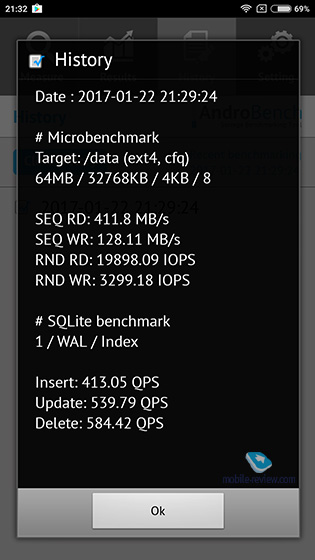
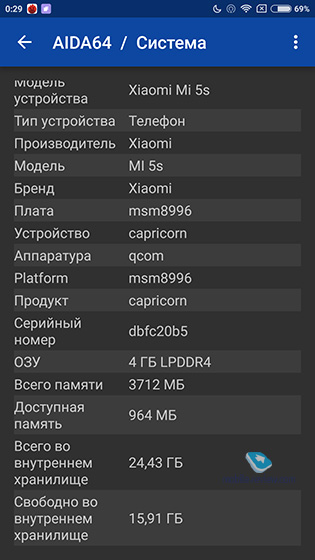
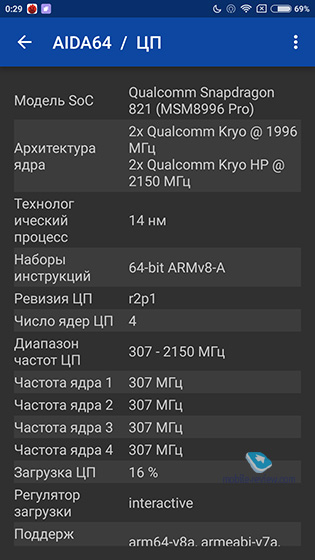
The smartphone is powered by Qualcomm's top-end chipset and has a good internal memory speed, which is felt in all work scenarios: desktops and the browser are scrolled quickly, all toys run at maximum settings. Now about WoT: Blitz, it also runs at maximum settings, there are no lags and delays, the picture in the toy is simply amazing.
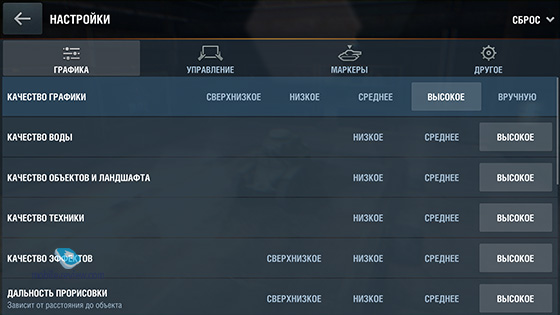
After 15 minutes of playing the smartphone gets very hot, the case temperature rises to 45 degrees. The back cover becomes hot, it is noticeable.
In everyday use, there are no such problems, the smartphone case is only slightly warm.
Offline work
I also redesigned the offline section a bit. Now, instead of testing the operating time when watching HD video and reading mode, I will measure the operating time when watching a YouTube FHD video and while playing WoT. And, of course, my routine of everyday use has not gone away either.
When using Mi 5s, you can safely count on one day of work, there are no super-impressive results here.
The smartphone supports Qualcomm QuickCharge 3.0 technology, in half an hour the device is charged by 41%, in an hour - by 83%, the total charging time is approximately 100 minutes. Unfortunately, you will need a separate charger to use this mode.
Camera
I asked Roman Belykh to evaluate the quality of shooting Mi 5s, below is his detailed comment:
During the day, the camera shoots perfectly, there are practically no complaints, the only thing I would like is a little higher detail. Focus is instant and accurate.
Information about the make, model, and alternative names of a particular device, if any.
Design
Information about the dimensions and weight of the device, presented in different units of measurement. Used materials, suggested colors, certificates.
| Width Width information refers to the horizontal side of the device in its standard orientation during use. | 69.2 mm (millimeters) 6.92 cm (centimeters) 0.23 ft 2.72in |
| Height Height information refers to the vertical side of the device in its standard orientation during use. | 144.55 mm (millimeters) 14.46 cm (centimeters) 0.47ft 5.69in |
| Thickness Information about the thickness of the device in different units measurements. | 7.25 mm (millimeters) 0.73 cm (centimeters) 0.02 ft 0.29in |
| Weight Information about the weight of the device in different units of measurement. | 129 g (grams) 0.28 lbs 4.55oz |
| Volume Approximate volume of the device, calculated from dimensions provided by the manufacturer. Refers to devices with the shape of a rectangular parallelepiped. | 72.52 cm³ (cubic centimeters) 4.4 in³ (cubic inches) |
| Colors Information about the colors in which this device is offered for sale. | Black White Golden |
| Housing materials The materials used to make the body of the device. | Glass Metal |
SIM card
The SIM card is used in mobile devices to store data that certifies the authenticity of mobile service subscribers.
Mobile networks
A mobile network is a radio system that allows multiple mobile devices to communicate with each other.
| GSM GSM (Global System for Mobile Communications) is designed to replace the analogue mobile network (1G). For this reason, GSM is often referred to as a 2G mobile network. It is enhanced by the addition of GPRS (General Packet Radio Services) and later EDGE (Enhanced Data rates for GSM Evolution) technologies. | GSM 850 MHz GSM 900 MHz GSM 1800 MHz GSM 1900 MHz |
| CDMA CDMA (Code-Division Multiple Access) is a channel access method used in communications in mobile networks. Compared with other 2G and 2.5G standards like GSM and TDMA, it provides more high speeds data transfer and the ability to connect more consumers at the same time. | CDMA 800 MHz CDMA 1900 MHz |
| TD-SCDMA TD-SCDMA (Time Division Synchronous Code Division Multiple Access) is a 3G standard for mobile networks. It is also called UTRA/UMTS-TDD LCR. It was developed as an alternative to the W-CDMA standard in China by the China Academy of Telecommunications Technology, Datang Telecom and Siemens. TD-SCDMA combines TDMA and CDMA. | TD-SCDMA 1900 MHz TD-SCDMA 2000 MHz |
| UMTS UMTS is short for Universal Mobile Telecommunications System. It is based on the GSM standard and belongs to 3G mobile networks. Developed by 3GPP and its biggest advantage is to provide more speed and spectral efficiency with W-CDMA technology. | UMTS 850 MHz UMTS 900 MHz UMTS 1900 MHz UMTS 2100 MHz |
| LTE LTE (Long Term Evolution) is defined as fourth generation (4G) technology. It is developed by 3GPP based on GSM/EDGE and UMTS/HSPA to increase the capacity and speed of wireless mobile networks. The subsequent development of technologies is called LTE Advanced. | LTE 1800 MHz LTE 2100 MHz LTE 2600 MHz LTE-TDD 1900 MHz (B39) LTE-TDD 2300 MHz (B40) LTE-TDD 2500 MHz (B41) LTE-TDD 2600 MHz (B38) |
Mobile technologies and data rates
Communication between devices in mobile networks is carried out through technologies that provide different data transfer rates.
Operating system
The operating system is the system software that manages and coordinates the operation of the hardware components in the device.
SoC (System on a Chip)
System on a chip (SoC) includes all the most important hardware components of a mobile device in one chip.
| SoC (System on a Chip) System on a chip (SoC) integrates various hardware components such as processor, graphics processor, memory, peripherals, interfaces, etc., as well as the software necessary for their operation. | Qualcomm Snapdragon 820 MSM8996 |
| Technological process Information about the technological process by which the chip is made. The value in nanometers measures half the distance between the elements in the processor. | 14 nm (nanometers) |
| Processor (CPU) The main function of the processor (CPU) of a mobile device is the interpretation and execution of instructions contained in software applications. | 2x 1.8 GHz Kryo, 2x 1.36 GHz Kryo |
| Processor bit depth The bit depth (bits) of a processor is determined by the size (in bits) of registers, address buses, and data buses. 64-bit processors have higher performance than 32-bit processors, which, in turn, are more productive than 16-bit processors. | 64 bit |
| Instruction Set Architecture Instructions are commands by which the software sets/controls the operation of the processor. Information about the instruction set (ISA) that the processor can execute. | ARMv8-A |
| First level cache (L1) Cache memory is used by the processor to reduce access time to more frequently accessed data and instructions. L1 (level 1) cache is small and much faster than both system memory and other cache levels. If the processor does not find the requested data in L1, it continues to look for them in the L2 cache. With some processors, this search is performed simultaneously in L1 and L2. | 32 kB + 32 kB (kilobytes) |
| Second level cache (L2) L2 (level 2) cache is slower than L1, but in return it has a larger capacity, allowing more data to be cached. It, like L1, is much faster than system memory (RAM). If the processor does not find the requested data in L2, it continues to look for it in the L3 cache (if available) or RAM. | 1536 KB (kilobytes) 1.5 MB (megabytes) |
| Number of processor cores The processor core executes program instructions. There are processors with one, two or more cores. Having more cores increases performance by allowing many instructions to be executed in parallel. | 4 |
| Processor clock speed The clock speed of a processor describes its speed in terms of cycles per second. It is measured in megahertz (MHz) or gigahertz (GHz). | 1800 MHz (megahertz) |
| Graphics Processing Unit (GPU) Graphics Processing Unit (GPU) handles calculations for various 2D/3D graphic applications. V mobile devices ah it is used most often by games, consumer interface, video applications, etc. | Qualcomm Adreno 530 |
| Clock frequency GPU The speed of work is clock frequency GPU, which is measured in megahertz (MHz) or gigahertz (GHz). | 510 MHz (megahertz) |
| The amount of random access memory (RAM) Random access memory (RAM) used operating system and all installed applications. Data stored in RAM is lost when the device is turned off or restarted. | 3 GB (gigabytes) |
| Type of random access memory (RAM) Information about the type of random access memory (RAM) used by the device. | LPDDR4 |
| Number of RAM channels Information about the number of RAM channels that are integrated into the SoC. More channels means higher data rates. | dual channel |
| RAM frequency The frequency of RAM determines its speed, more specifically, the speed of reading / writing data. | 1333 MHz (megahertz) |
Built-in memory
Each mobile device has a built-in (non-removable) memory with a fixed amount.
Screen
The screen of a mobile device is characterized by its technology, resolution, pixel density, diagonal length, color depth, etc.
| Type/technology One of the main characteristics of the screen is the technology by which it is made and on which the image quality of information directly depends. | IPS |
| Diagonal For mobile devices, the screen size is expressed in terms of its diagonal length, measured in inches. | 5.15in 130.81 mm (millimeters) 13.08 cm (centimeters) |
| Width Approximate Screen Width | 2.52in 64.13 mm (millimeters) 6.41 cm (centimeters) |
| Height Approximate Screen Height | 4.49in 114.01 mm (millimeters) 11.4 cm (centimeters) |
| Aspect Ratio The ratio of the dimensions of the long side of the screen to its short side | 1.778:1 16:9 |
| Permission Screen resolution indicates the number of pixels vertically and horizontally on the screen. More a high resolution means sharper image detail. | 1080 x 1920 pixels |
| Pixel Density Information about the number of pixels per centimeter or inch of the screen. Higher density allows information to be shown on the screen in clearer detail. | 428 ppi (pixels per inch) 168ppm (pixels per centimeter) |
| Color depth Screen color depth reflects the total number of bits used for the color components in a single pixel. Information about the maximum number of colors the screen can display. | 24 bit 16777216 flowers |
| Screen area Approximate percentage of screen space on the front of the device. | 73.33% (percentage) |
| Other characteristics Information about other functions and features of the screen. | capacitive Multitouch Scratch resistance |
| Display manufacturer - LG Display / Japan Display Inc. /Sharp Corning Gorilla Glass 4 16 lamp LED technology 1500:1 contrast ratio 600 cd/m² 95% NTSC |
Sensors
Different sensors perform different quantitative measurements and convert physical indicators into signals that are recognized by the mobile device.
Main camera
The main camera of a mobile device is usually located on the back of the case and is used for taking photos and videos.
| Sensor model | Sony IMX298 Exmor RS |
| Sensor type | CMOS (complementary metal-oxide semiconductor) |
| Sensor size | 5.22 x 3.92 mm (millimeters) 0.26in |
| Pixel size | 1.132 µm (micrometers) 0.001132 mm (millimeters) |
| crop factor | 6.63 |
| ISO (light sensitivity) ISO values determine the light sensitivity level of the photosensor. A lower value means weaker light sensitivity and vice versa - higher values mean higher light sensitivity, i.e. better ability of the sensor to work in low light conditions. | 100 - 3200 |
| Diaphragm | f/2.0 |
| Excerpt The shutter speed (exposure time) indicates the amount of time the camera shutter is open during the shooting process. The longer it is open, the more light reaches the photosensor. Shutter speed is measured in seconds (eg 5, 2, 1) or fractions of a second (eg 1/2, 1/8, 1/8000). | 1/1000 - 32 |
| Focal length Focal length is the distance in millimeters from the photosensor to the optical center of the lens. There is also an equivalent focal length that provides the same field of view with a full frame camera. | 4.3 mm (millimeters) 28.52 mm (millimeters) *(35 mm / full frame) |
| Flash type The most common types of flashes in mobile devices cameras are LED and xenon flashes. LED flashes give a softer light and, unlike brighter xenon flashes, are also used for video shooting. | Double LED |
| Image Resolution One of the main characteristics of mobile device cameras is their resolution, which indicates the number of pixels in the horizontal and vertical direction of an image. | 4608 x 3456 pixels 15.93 MP (megapixels) |
| Video resolution Information about the maximum supported resolution for video recording by the device. | 3840 x 2160 pixels 8.29 MP (megapixels) |
Information about the maximum number of frames per second (fps) supported by the device when shooting video at the maximum resolution. Some of the main standard shooting and video playback speeds are 24p, 25p, 30p, 60p. | 30 fps (frames per second) |
| Specifications Information about other software and hardware features related to the main camera and improving its functionality. | autofocus Burst shooting digital zoom Digital Image Stabilization Optical Image Stabilization geo tags panoramic shooting HDR shooting Touch focus Face recognition Adjusting the white balance ISO setting Exposure compensation Self-timer Scene Selection Mode Macro mode |
| Phase detection DTI technology (Deep Trench Isolation) 4-axis OIS 6-element lens Sapphire crystal glass lens cover 720p@120fps |
Additional camera
Additional cameras are usually mounted above the screen of the device and are mainly used for video calls, gesture recognition, etc.
| Sensor model Information about the manufacturer and model of the photo sensor used in the device's camera. | OmniVision OV4688 |
| Sensor type Digital cameras use photo sensors to take pictures. The sensor, as well as the optics, is one of the main factors in the quality of a camera in a mobile device. | CMOS BSI (backside illumination) |
| Sensor size Information about the size of the photosensor used in the device. Typically, cameras with a larger sensor and lower pixel density offer more high quality images despite the lower resolution. | 5.44 x 3.07 mm (millimeters) 0.25in |
| Pixel size The smaller pixel size of the photosensor allows more pixels to be used per unit area, thus increasing resolution. On the other hand, a smaller pixel size can have a negative impact on image quality when high levels light sensitivity (ISO). | 2.024 µm (micrometers) 0.002024 mm (millimeters) |
| crop factor The crop factor is the ratio between the dimensions of a full-frame sensor (36 x 24mm, equivalent to a frame of standard 35mm film) and the dimensions of the device's photosensor. The number shown is the diagonal ratio of the full-frame sensor (43.3 mm) and the photosensor specific device. | 6.93 |
| Diaphragm Aperture (f-number) is the size of the aperture opening that controls the amount of light reaching the photosensor. A lower f-number means the aperture is larger. | f/2.0 |
| Image Resolution Information about the maximum resolution of the secondary camera when shooting. In most cases, the resolution of the secondary camera is lower than that of the main camera. | 2688 x 1512 pixels 4.06 MP (megapixels) |
| Video resolution Information about the maximum supported video resolution additional camera. | 1920 x 1080 pixels 2.07 MP (megapixels) |
| Video - frame rate/frames per second. Information about the maximum number of frames per second (fps) supported by the optional camera when shooting video at the maximum resolution. | 30 fps (frames per second) |
| Wide-angle lens - 80° self-timer |
Audio
Information about the type of speakers and audio technologies supported by the device.
Radio
The radio of the mobile device is a built-in FM receiver.
Location determination
Information about navigation and location technologies supported by the device.
WiFi
Wi-Fi is a technology that provides wireless communication for short distance data transmission between different devices.
Bluetooth
Bluetooth is a standard for secure wireless data transfer between different types of devices over short distances.
USB
USB (Universal Serial Bus) is an industry standard that allows different electronic devices to communicate.
Headphone jack
This is an audio connector, which is also called an audio jack. The most widely used standard in mobile devices is the 3.5mm headphone jack.
Connecting devices
Information about other important connection technologies supported by the device.
Browser
A web browser is a software application for accessing and viewing information on the Internet.
| Browser Information about some of the key features and standards supported by the device's browser. | HTML HTML5 CSS 3 |
Audio file formats/codecs
Mobile devices support various audio file formats and codecs that store and encode/decode digital audio data, respectively.
Video file formats/codecs
Mobile devices support various video file formats and codecs, which store and encode/decode digital video data, respectively.
Battery
Mobile device batteries differ from each other in their capacity and technology. They provide the electrical charge they need to function.
| Capacity The capacity of a battery indicates the maximum charge it can store, measured in milliamp-hours. | 3000 mAh (milliamp-hours) |
| Type The type of battery is determined by its structure and, more specifically, by the chemicals used. Exist different types batteries, with lithium-ion and lithium-ion polymer batteries most commonly used in mobile devices. | Li-polymer (Li-polymer) |
| Talk time 2G Talk time in 2G is the period of time during which the battery is completely discharged during a continuous conversation in a 2G network. | 33 h (hours) 1980 min (minutes) 1.4 days |
| 2G standby time The 2G standby time is the amount of time it takes for the battery to fully discharge when the device is in stand-by mode and connected to a 2G network. | 250 h (hours) 15000 min (minutes) 10.4 days |
| 3G talk time Talk time in 3G is the period of time during which the battery is completely discharged during a continuous conversation in a 3G network. | 25 h (hours) 1500 min (minutes) 1 days |
| 3G standby time The 3G standby time is the amount of time it takes for the battery to fully discharge when the device is in stand-by mode and connected to a 3G network. | 250 h (hours) 15000 min (minutes) 10.4 days |
| 4G standby time The 4G standby time is the amount of time it takes for the battery to fully discharge when the device is in stand-by mode and connected to a 4G network. | 200 h (hours) 12000 min (minutes) 8.3 days |
| Adapter output power Information about the strength of the electric current (measured in amperes) and electrical voltage (measured in volts) that the charger supplies ( output power). Higher power output ensures faster battery charging. | 5 V (volts) / 2.5 A (amps) 9 V (volts) / 2 A (amps) 12 V (volts) / 1.5 A (amps) |
| Fast charging technology Fast charging technologies differ from each other in terms of energy efficiency, maintained output power, control over the charging process, temperature, etc. The device, battery and charger must be compatible with fast charging technology. | Qualcomm Quick Charge 3.0 |
| Specifications Information about some additional features of the device's battery. | fast charging Fixed |
Specific Absorption Rate (SAR)
SAR levels refer to the amount of electromagnetic radiation absorbed by the human body while using a mobile device.
| Head SAR (EU) The SAR level indicates maximum amount electromagnetic radiation that the human body is exposed to when holding a mobile device next to the ear in a conversation position. In Europe, the maximum allowable SAR value for mobile devices is limited to 2 W/kg per 10 grams of human tissue. This standard established by CENELEC in accordance with IEC standards following ICNIRP guidelines of 1998. | 0.376 W/kg (watt per kilogram) |
| Body SAR (EU) The SAR level indicates the maximum amount of electromagnetic radiation that the human body is exposed to when holding a mobile device at hip level. The maximum allowed SAR value for mobile devices in Europe is 2 W/kg per 10 grams of human tissue. This standard has been established by CENELEC following the 1998 ICNIRP guidelines and IEC standards. | 0.798 W/kg (watt per kilogram) |
| Head SAR (US) The SAR level indicates the maximum amount of electromagnetic radiation that the human body is exposed to when holding a mobile device near the ear. The maximum value used in the US is 1.6 W/kg per gram of human tissue. Mobile devices in the US are controlled by the CTIA and the FCC conducts tests and sets their SAR values. | 0.703 W/kg (watt per kilogram) |
| Body SAR (US) The SAR level indicates the maximum amount of electromagnetic radiation that the human body is exposed to when holding a mobile device at hip level. The highest acceptable SAR value in the US is 1.6 W/kg per gram of human tissue. This value is set by the FCC, and the CTIA controls whether mobile devices comply with this standard. | 1.422 W/kg (watt per kilogram) |
The new flagship is the long-awaited Xiaomi Mi5. Perhaps this time the company has surpassed not only LG and Samsung, but also itself. In terms of value for money - with an eye to performance and build quality - Mi5 has no competitors now, and it is unlikely that there will be any in the near future.
theverge.comThe novelty is equipped with a 5.15-inch display with Full resolution HD and 600 nits brightness. It is worth noting that a similar diagonal from the past is much more convenient than the popular 5.5 inches. The screen is protected by glass with an oleophobic coating. Perhaps the most pleasant news was the use of the latest Mi5 Snapdragon processor 820 (1.8 and 2.15 GHz versions available) with Adreno 530 graphics accelerator: this single-chip "gem" is 100% faster than the previous solution number 810.
In addition, the novelty is equipped with LPDDR4 memory, which gives a 100 percent increase in memory performance compared to previously used in LPDDR3 smartphones. Three announced so far Xiaomi versions mi5. The base is equipped with 3 GB of RAM and 32 GB of permanent memory, the mid-price - 4 GB and 64 GB, respectively. The top configuration offers 4 GB and 128 GB of memory. By the way, flash memory is also non-standard here: in new Xiaomi used UFS 2.0 modules with data transfer rates up to 450 MB / s. The new standard is 87% faster than eMMC 5.0 used in most smartphones.
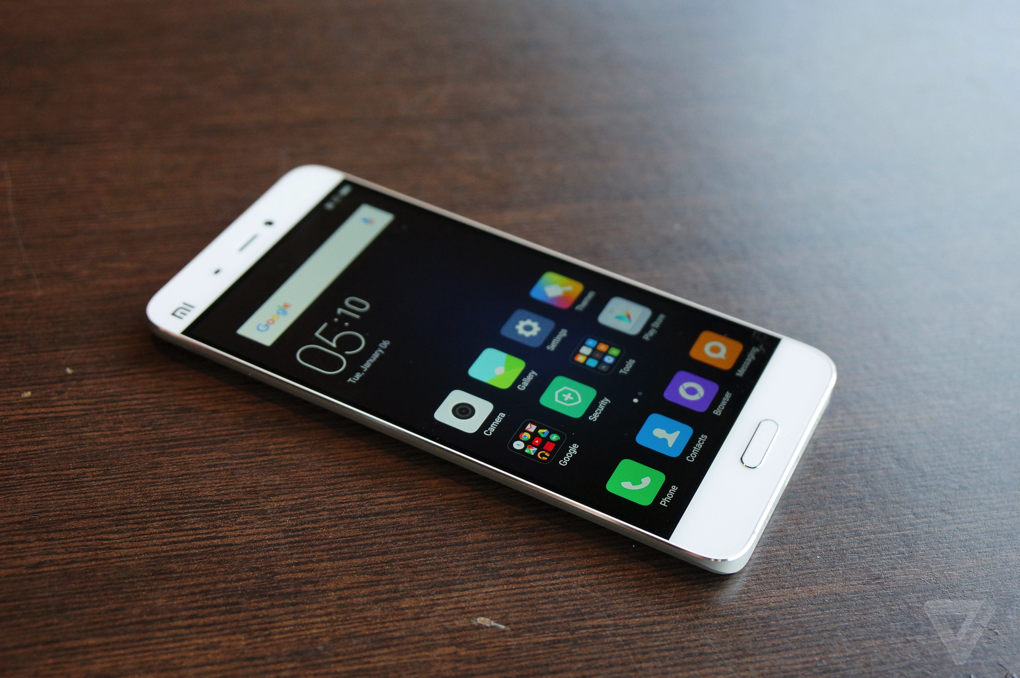 theverge.com
theverge.com Other stuffing will allow the beginner to argue with anyone modern smartphone. So, the main camera Mi5 is represented by a 16-megapixel Sony module IMX298 with phase detection autofocus and optical image stabilization. A 4-megapixel module is used as a front one. The 3,000 mAh battery supports Quick Charge 3.0 fast charging technology.
In terms of design and usability, it also did not let us down: the device is equipped with a Home button with a built-in fingerprint scanner. The front and back of the smartphone is protected by glass. The frame is made of metal. Instead of the boring microUSB, the USB Type-C port has become the main and only wired interface of the novelty. There is also an increasingly less popular, but no less popular NFC module. Wireless interfaces are presented in a complete set: the smartphone supports the latest 4G LTE-A standard with data download speeds up to 600 Mbps and VoLTE voice telephony.
The company plans to release the smartphone in three colors: black, white and gold. The gold version will have an exclusive texture on the case back. Xiaomi Mi5 dimensions are very convenient 144.55 × 69.2 × 7.25 mm (this is why a non-standard screen diagonal is used here), and the weight of the smartphone is only 129 grams. All this splendor, according to the manufacturer, is gaining 140 thousand parrots in Antutu and is clearly the leader in the market.
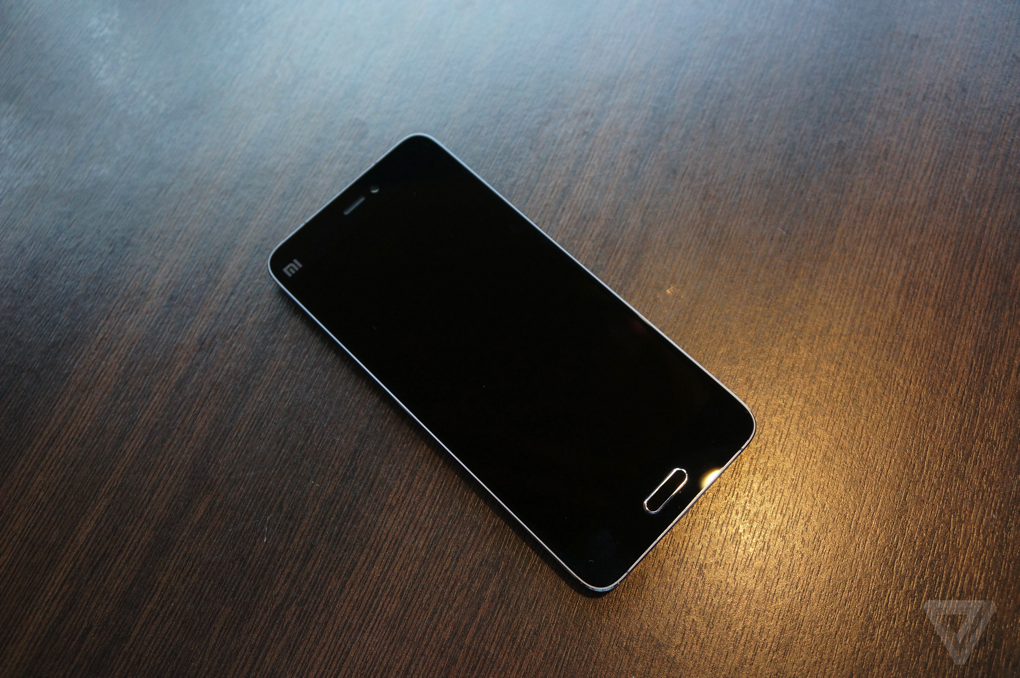 theverge.com
theverge.com The cost of the gadget with such indicators seems simply ridiculous (in fact, of course, just great). A version with a processor speed of 1.8 GHz, 3 GB of RAM and 32 GB of permanent memory will cost the buyer in the Chinese market $ 300. A more powerful variant with a 2.15 GHz processor, the same amount of RAM and 64 GB of ROM will cost $50 more. The price of the top version of Xiaomi Mi5 Plus with a ceramic back cover, a frequency of 2.15 GHz, increased to 4 GB of RAM and an internal drive of 128 GB is about $415.
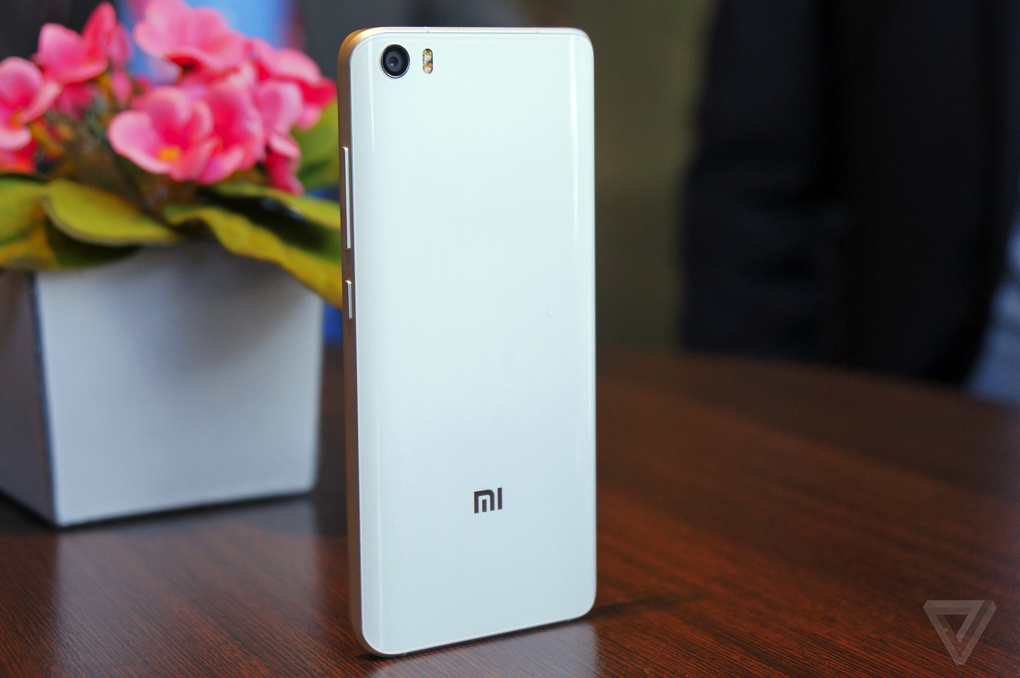 theverge.com
theverge.com With such results, the novelty is ready to compete with the standard - iPhone 6. At least, Antutu tests, cost and camera testing show a clear advantage of the Chinese novelty. Xiaomi immediately overtook the closest competitor from the Celestial Empire - Meizu Pro5 - both in tests and in terms of filling (primarily due to the presence optical stabilization camera and a more powerful processor).
Let's leave the comparison with the new flagship out of the scope of the article: I would like to hear the opinion of readers. Who will win?

